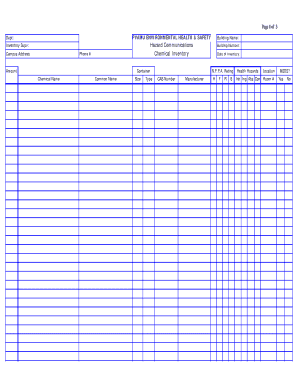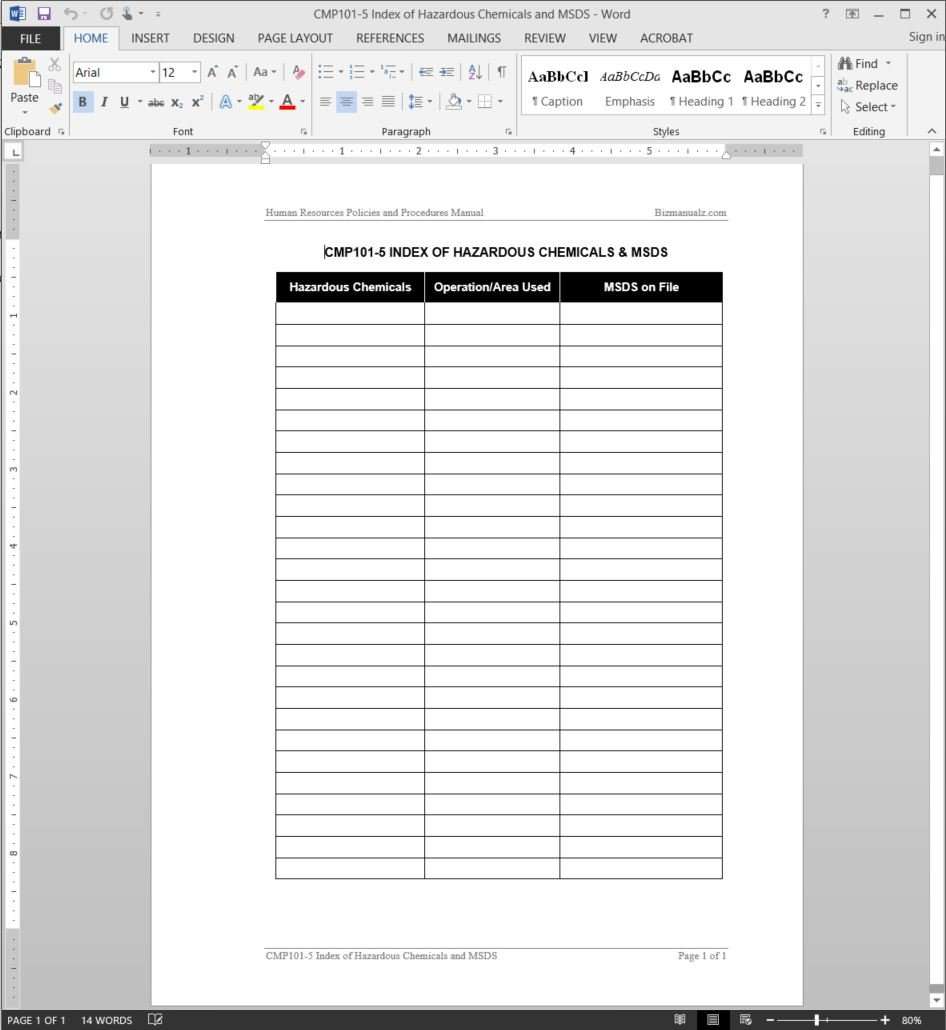

For example, the hazard statement for chemicals which meet the criteria for the class Self-heating substances and mixtures, Category 1 is Self-heating may catch fire. Hazard Statement – For each category of a class, a standardized statement is used to describe the hazard.Categories are assigned numbers (or letters) with category 1 (or A) being the most hazardous. Each category has rules or criteria to determine what chemicals are assigned to that category. For example, Self-Reactive Chemicals have 7 categories. Category – Category is the name used to describe the sub-sections of classes.For example, Gases under Pressure is an example of a class in the physical hazards group. Class – Class is the term used to describe the different types of hazards.Hazard group – While not given a formal definition, GHS divides hazards into three major groups – health, physical and environmental.Precautionary statements may also be required, if adopted by your regulatory authority. Standardized elements such as chemical identify, hazard statements, signal words and symbols will appear on the label according to the classification of that chemical or mixture. Labels - With the GHS, certain information will appear on the label.The GHS SDS has 16 sections in a set order, and minimum information is prescribed. What are some key terms in the GHS Vocabulary? Back to top The target audiences for GHS include workers in many different industries (e.g., warehouses, construction, chemical manufacturing, transportation), emergency responders, and consumers. GHS covers all hazardous chemicals products, such as those used for the following purposes: Promoting better emergency response to chemical incidents.


GHS stands for the Globally Harmonized System of Classification and Labelling of Chemicals. What is the Globally Harmonized System (GHS)? Back to top You are here: Globally Harmonized System (GHS)


 0 kommentar(er)
0 kommentar(er)
